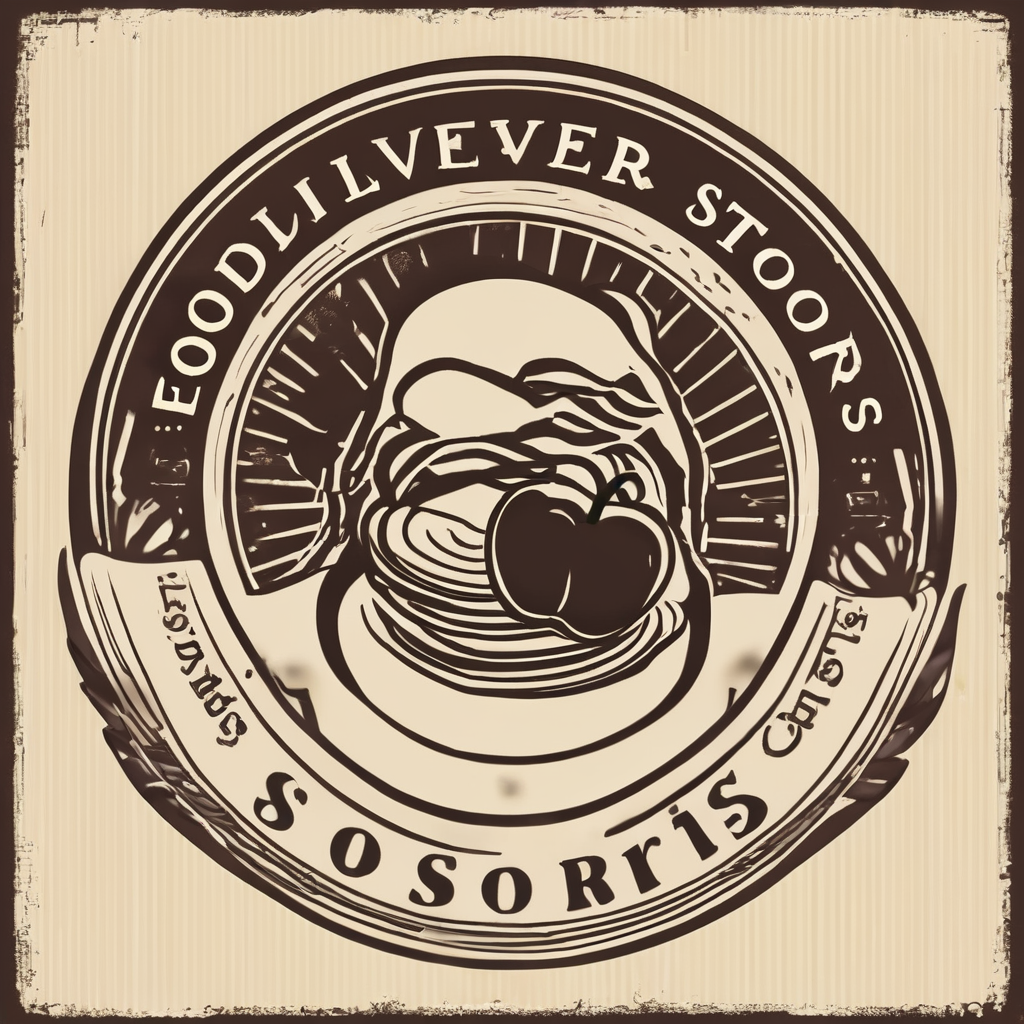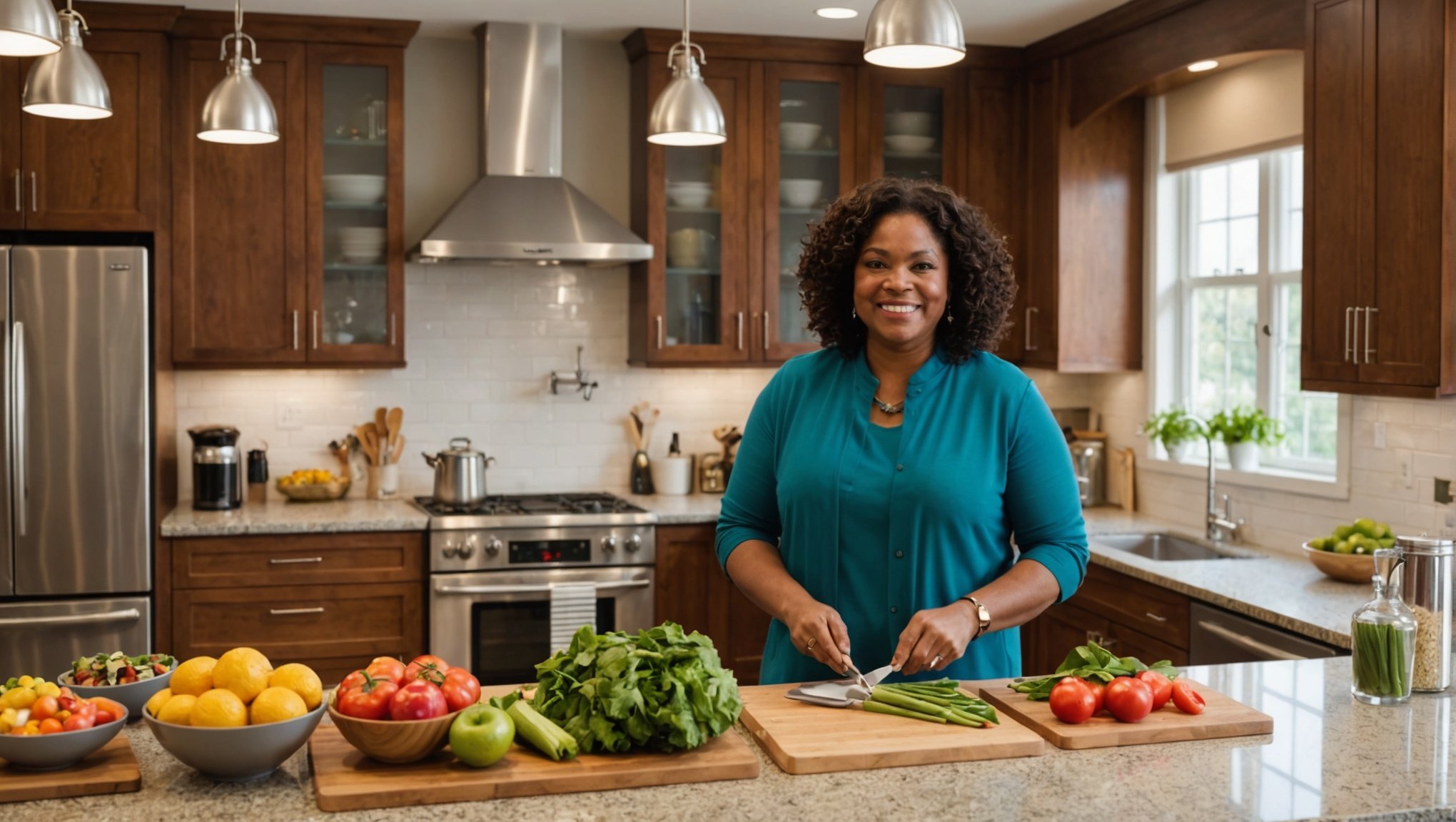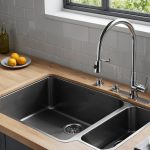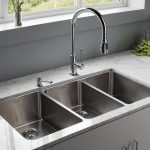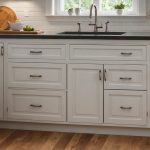Transform Your Kitchen: Crafting Culinary Spaces for Diverse Dietary Needs
When it comes to the heart of your home, the kitchen is more than just a place for cooking; it’s a hub of activity, a space for socializing, and a reflection of your personal style. Whether you’re a busy family or an individual with specific dietary needs, designing a kitchen that meets your unique requirements is crucial. Here’s a comprehensive guide to help you transform your kitchen into the perfect culinary space.
Understanding Your Needs
Before diving into the design process, it’s essential to understand the needs of everyone who will be using the kitchen. Here are a few key considerations:
In parallel : Unlocking the Advantages: How LED Lighting Transforms the Dining Experience in Restaurants
Assessing Your Lifestyle
- Family Dynamics: If you have a large family, you may need more storage, additional seating, and a larger dining area.
- Dietary Restrictions: If someone in your household has specific dietary needs, such as gluten-free or vegan, you might need specialized storage and cooking tools.
- Cooking Habits: Frequent cooks may require more counter space, high-quality appliances, and efficient kitchen layouts.
Identifying Your Personal Style
- Aesthetic Preferences: Do you prefer modern, minimalist designs or traditional, cozy layouts?
- Functional Priorities: Are you more focused on functionality and efficiency, or do you value style and luxury?
Designing for Functionality
A functional kitchen is not just about aesthetics; it’s about creating a space that makes cooking and dining efficient and enjoyable.
Kitchen Layout
The layout of your kitchen is critical for its functionality. Here are some popular layouts to consider:
Also to see : Transform Your Café: Innovative Coffee Brewing Techniques to Draw More Customers In
| Layout Type | Description | Pros | Cons |
|---|---|---|---|
| L-Shaped | Two adjacent walls with countertops and appliances. | Efficient use of space, easy workflow. | Limited flexibility. |
| U-Shaped | Three walls with countertops and appliances. | Ample storage and counter space. | Can feel claustrophobic if not well-designed. |
| Island Layout | Central island with additional counter space and storage. | Adds extra counter space, can include seating. | Requires larger kitchen space. |
| Galley Layout | Narrow kitchen with two parallel walls. | Ideal for small spaces, efficient workflow. | Limited counter space and storage. |
Storage Solutions
Effective storage is key to maintaining a clutter-free and functional kitchen. Here are some storage solutions to consider:
- Custom Cabinets: Bespoke cabinets can be designed to fit your specific needs, including pull-out drawers, spice racks, and appliance garages.
- Open Shelving: Perfect for displaying cookbooks, decorative items, and frequently used kitchenware.
- Drawer Organizers: Use dividers and inserts to keep utensils, spices, and other items organized.
Elevate Your Culinary Experience
A well-designed kitchen can elevate your culinary experience in numerous ways.
Multifunctional Islands
A multifunctional island can serve as a prep station, dining area, and social hub all in one. Here are some features to consider:
- Built-in Sinks: Convenient for food preparation and cleanup.
- Cooking Stations: Include a cooktop or induction hob for additional cooking space.
- Seating Area: Add stools or a bench for a casual dining experience.
Lighting and Ambiance
Lighting can significantly impact the ambiance and functionality of your kitchen.
- Pendant Lights: Stylish and functional, pendant lights can be placed above islands or dining areas to create a warm and inviting atmosphere.
- Task Lighting: Use under-cabinet lighting to illuminate workspaces and reduce eye strain.
- Ambient Lighting: Install dimmable overhead lights to adjust the mood of your kitchen.
Luxury and Style in Kitchen Design
For those who want to elevate their kitchen to a luxury level, here are some ideas to consider.
High-End Appliances
Investing in high-quality appliances can not only enhance the look of your kitchen but also improve its functionality.
- Smart Appliances: Smart refrigerators, ovens, and dishwashers can streamline your cooking process and provide advanced features like remote monitoring and automated maintenance.
- Professional-Grade Equipment: Consider commercial-grade appliances for serious home cooks.
Bespoke Kitchen Designs
A bespoke kitchen design allows you to tailor every aspect of your kitchen to your personal preferences and needs.
- Custom Materials: Choose from a variety of materials such as marble, granite, or reclaimed wood to create a unique look.
- Personalized Layouts: Work with a designer to create a layout that perfectly fits your cooking habits and lifestyle.
Practical Insights and Actionable Advice
Here are some practical tips to help you transform your kitchen into your dream culinary space:
Budgeting
- Set a Realistic Budget: Determine how much you are willing to spend and stick to it.
- Prioritize: Focus on the most important elements first, such as functional storage and high-quality appliances.
DIY vs. Professional Help
- DIY Projects: Consider DIY projects for smaller tasks like painting or installing new hardware.
- Professional Assistance: For major renovations, it’s often best to hire a professional to ensure everything is done correctly and efficiently.
Sustaining Your Vision
- Maintenance: Regularly clean and maintain your kitchen to keep it looking its best.
- Flexibility: Be open to making adjustments as your needs change over time.
Real-Life Examples and Anecdotes
A Family’s Dream Kitchen
One family in Bellevue, Washington, transformed their kitchen into a multifunctional space that meets the needs of their busy lifestyle. They included a large island with a built-in sink, additional seating, and stylish pendant lights. This design not only enhanced their cooking experience but also created a warm and inviting space for family gatherings.
A Vegan’s Bespoke Kitchen
A vegan homeowner in New York City designed a bespoke kitchen that caters specifically to her dietary needs. She included custom cabinets with specialized storage for her vegan cookbooks and ingredients, as well as a high-quality induction hob for efficient cooking. Her kitchen now reflects her personal style and supports her healthy lifestyle.
Transforming your kitchen into a culinary space that meets your diverse dietary needs is a rewarding and worthwhile investment. By understanding your needs, designing for functionality, elevating your culinary experience, and incorporating luxury and style, you can create the perfect kitchen for your home.
Here’s a detailed bullet point list to summarize the key points:
- Assess Your Lifestyle: Consider family dynamics, dietary restrictions, and cooking habits.
- Identify Your Personal Style: Think about aesthetic preferences and functional priorities.
- Choose the Right Layout: Select from L-shaped, U-shaped, island, or galley layouts based on your space and needs.
- Implement Effective Storage: Use custom cabinets, open shelving, and drawer organizers.
- Elevate with Multifunctional Islands: Include built-in sinks, cooking stations, and seating areas.
- Enhance with Lighting: Use pendant lights, task lighting, and ambient lighting to create the right ambiance.
- Invest in High-End Appliances: Consider smart appliances and professional-grade equipment.
- Design Bespoke Elements: Customize materials, layouts, and features to fit your personal preferences.
- Budget Wisely: Set a realistic budget and prioritize your spending.
- Maintain Your Vision: Regularly clean and maintain your kitchen, and be flexible to make adjustments as needed.
By following these guidelines, you can transform your kitchen into a culinary space that not only meets your needs but also reflects your personal style and enhances your daily cooking experience.
